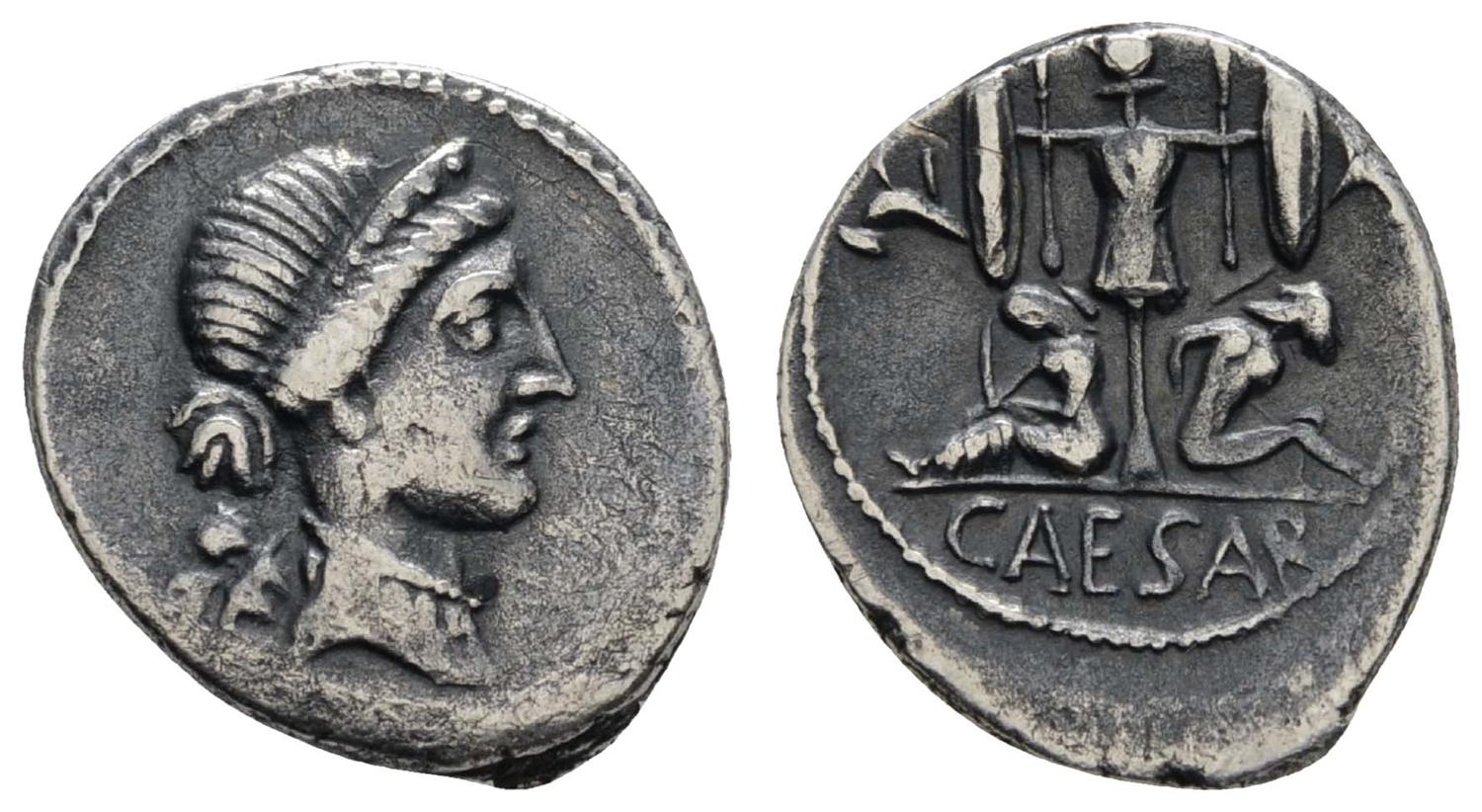

Caesar was the first living Roman in to place his portrait on coins, which in some cases was accompanied by the inscription “Perpetual Dictator.” This particular coin, which shows an elephant trampling a serpent on the front and a display of priestly implements on the back, was struck to celebrate his remarkable victories in Gaul, which is represented by the serpent. He had only one goal: To gain supreme power and rule Rome as a dictator. After narrowly escaping death on several occasions, Caesar conquered Gaul in the name of the Roman Republic, and then returned to Rome to advance on his own political career. It’s impossible to tell how the course of history would have changed had Julius Caesar not fallen victim to a plot against his life on the Ides of March, 44 BC.Ĭaesar began his path to fame and power by leading an army against the Celtic tribes in Gaul (modern France). Contact Colonial Acres today to get started.Few names in history ring with the familiarity of Julius Caesar, for he was one of the world’s most remarkable leaders. Work with Colonial Acres to learn more about this coin and hopefully find a piece to add to your collection.Ĭolonial Acres Coins has the know-how and resources to help you add to your collection as well as help you get started in the coin collecting world. To try and find the coin, you will need help from the experts. The age of the coin as well as the connection to Julius Caesars makes the coin a hot commodity in the collecting industry. This coin can be hard to come by but is one that is greatly sought after by coin collectors, especially those who focus on roman coins. The additional symbols on the coin are similar to ones used on the Republican coins from Rome. Caesar did hold the title of Pontifex Maximum from 63 B.C. The religious symbols of the coin place Caesar in a prestigious pontifical position at the top of the Roman religious hierarchy. If the coin is representing a war trumpet of the Gauls, then the coin may be dating back to the 50s B.C. If the item is a snake, it could be simply an enemy of the elephant. The elephant is walking on something, be it the horn or a snake, and this element is one reason why the time frame in which the coin was minted is debated. It may also symbolize the victory of Caesar over Gaul as it seems the elephant on the coin is walking on top of a Gallic war trumpet. The elephant image that is seen on the coin is said to symbolize the Gallic campaign of Caesar as he took on Ariovistus in 58. While the coin is believed to have been minted in 49 B.C., there is still some debate as to if this is true. It is believed that 22.5 million pieces of this coin type were minted which made the coin the third most minted within the republican era of roman times. The minting of this coin is attributed to the unit of military that came along with Caesar during the civil war outbreak which took place in 49-45 B.C. The reverse side shows a right facing elephant and includes the word Caesar. The coin is one of the most famous mintings featuring Julius Caesar with the obverse showing a group of religious symbols that includes a ritual cup, a sprinkler, an animal-headed axe and apex. This coin was created in 49 BC, making it one of the oldest in existence. One of the most popular coins featuring Julius Caesar is the ancient roman silver elephant denarius coin. There are several coin types that feature Julius Caesar, a well-known figure from roman times. Coin collectors can add great value to their collection by having roman coins included. Coin values can become quite high with coins that were minted during roman times. The front side features a heroic portrait of Brutus, who likely had the coins made in a mobile military mint after he had fled to Greece. There are many ancient roman coins that are sought after by individuals who enjoy coin collecting.


 0 kommentar(er)
0 kommentar(er)
